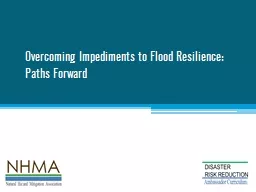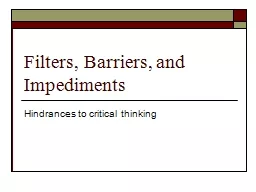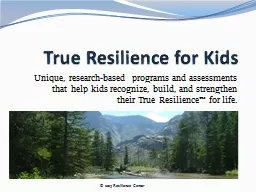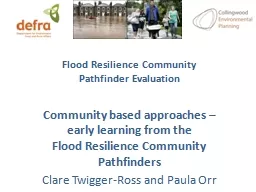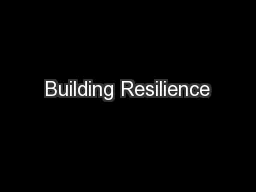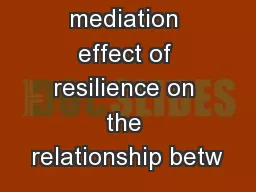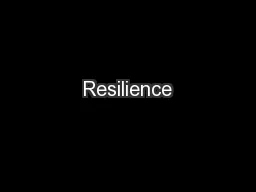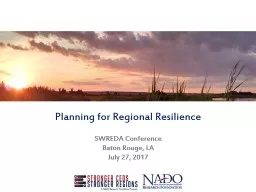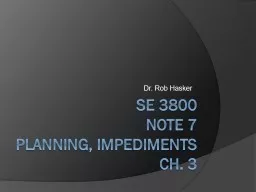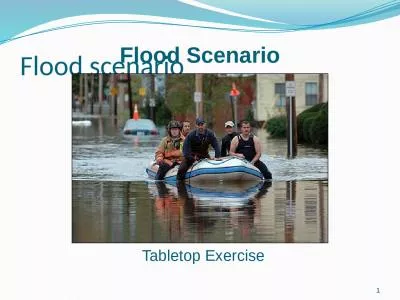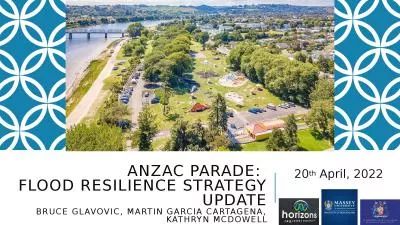PPT-Overcoming Impediments to Flood Resilience:
Author : firingbarrels | Published Date : 2020-06-24
Paths Forward Natural Hazard Mitigation Association Edward A Thomas Esq David Mallory PE CFM 2 Welcome Overcoming Impediments Paths Forward 3 Learning Objectives
Presentation Embed Code
Download Presentation
Download Presentation The PPT/PDF document "Overcoming Impediments to Flood Resilien..." is the property of its rightful owner. Permission is granted to download and print the materials on this website for personal, non-commercial use only, and to display it on your personal computer provided you do not modify the materials and that you retain all copyright notices contained in the materials. By downloading content from our website, you accept the terms of this agreement.
Overcoming Impediments to Flood Resilience:: Transcript
Download Rules Of Document
"Overcoming Impediments to Flood Resilience:"The content belongs to its owner. You may download and print it for personal use, without modification, and keep all copyright notices. By downloading, you agree to these terms.
Related Documents

